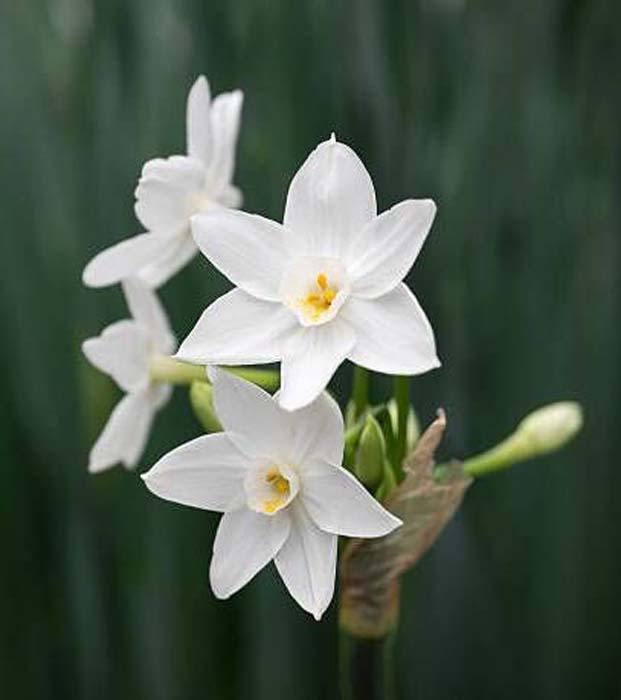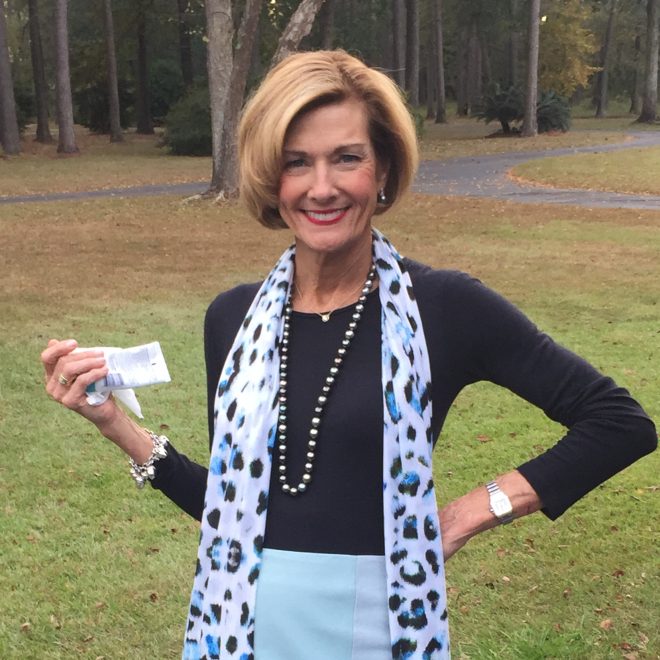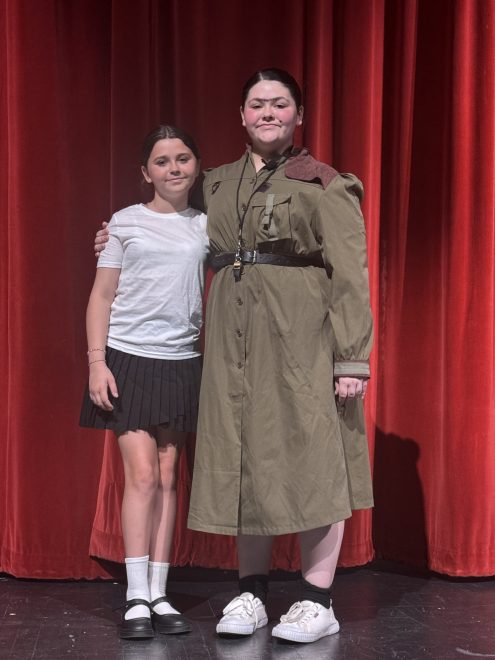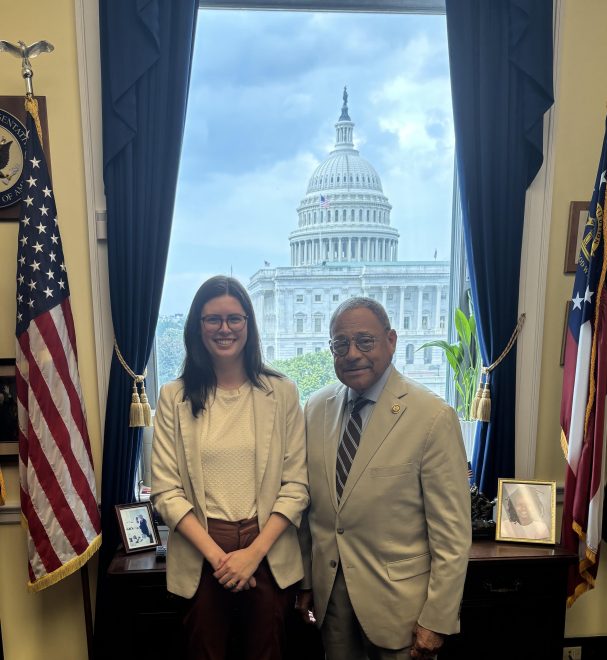Yarden November 2023
Published 7:18 pm Thursday, November 2, 2023

- A VISION IN WHITE: A beautiful pure white narcissus in bloom. It is a favorite for holiday blooms.
Sponsored by the Thomasville Garden Club
NOVEMBER WEATHER
Trending
Weatherspark.com says that early November is a nice time to visit Thomasville. U.S. climate data.com lists Thomasville’s average high temperature as 73 and our average low temperature as 48⁰. The average date of our first frost has been narrowed down to November 14. We can expect about 4 rain days with an average precipitation of 3.43 inches for the month. The “darker period” of our year begins on November 14. The average length of daylight in this month is 10 hours and 30 minutes, an hour less than last month. The clock is a maximum 16 minutes behind the sun (for example, solar noon equals 11:44 a.m. on the clock) in early November.
SIGNIFICANT OR INTERESTING NOVEMBER DATES
Wednesday, November 1 – All Saints Day. Early people once said that the spirits of the dead wander from sunset until midnight on Halloween (All Hallows’ Eve); then, after midnight, the ghosts are said to go back to rest, which is why November first is called All Saints’ Day.
Sunday, November 5 – Daylight Saving Time ends and Eastern Standard Time resumes at 2 a.m. on the first Sunday in November. Be sure to set your clocks back 1 hour before going to bed tonight (Saturday, November 4). It is a good idea to use changing your clocks as a reminder to check the batteries in your smoke detectors.
Tuesday, November 7 – Election Day. Election Day is set by the U.S. government as “the Tuesday next after the first Monday in November,” annually. Be sure to do your duty; it is a privilege not granted to citizens in every country.
Saturday, November 11 – Veteran’s Day. This is an annual federal holiday for honoring military veterans of the United States Armed Forces, past and present. Thank you for your dedication and service, veterans!
Trending
Thursday, November 23 – Thanksgiving Day. Abraham Lincoln and an Act of Congress formalized the celebration of this holiday in 1863, modeled after a 1621 harvest feast shared between the Wampanoag people and the English colonists known as Pilgrims.
Monday, November 27 – Full Moon. Do you sleep less before a full moon? Research says yes.
See below.
Thursday, November 30 – Officially, the final day of “Hurricane Season.” However, this does not guarantee that there will be no more hurricanes in store for us this year. For example, in 1954, Hurricane Alice developed on December 30. In addition, Alice is the only known Atlantic hurricane to span 2 calendar years; it dissipated on January 6, 1955. Still, I will continue to practice positive thinking!
IN THE NEWS – SLEEP & THE FULL MOON
A new study shows that, whether you live in a rural or an urban environment, your sleep patterns are likely to be affected by the full moon.
Scientists at the University of Washington, the National University of Quilmes in Argentina and Yale University studied the sleep patterns of 2 groups: people living in rural Argentina, where there is little-to-no access to artificial light sources and college students living in downtown Seattle, Washington.
The results of their studies showed that, even in urbanized locations, where much of the light of the full moon is obscured by city lights, the phases of the moon still influence people’s sleep patterns. No matter where their test subjects were, on 3 to 5 of the nights leading up to a full moon, people were apt to go to bed later, fall asleep up to half an hour later, and sleep for up to an hour less than they slept on new moon nights, when there is no moonlight visible at all. (New moons occur when the moon is at its closest point to the sun and the side of the moon that is illuminated by the sun is faced away from us. Therefore, no moonlight is reflected to the Earth.) And, understandably, the more rural the subjects were, the stronger the effects were. Not only that, even if people are unaware of the phase of the moon, it still can have an effect on them!
Now you know that if you have trouble sleeping on full-moon nights, or nights leading up to a full moon, you are not alone!
NOVEMBER IN THE YARDEN
- If you still have tomatoes and peppers growing, be sure to harvest them before frost hits.
- Harvest bunching onions. Then plant more in a new site.
- This is the time to plant garlic. Did you know that there are hundreds of strains of garlic? The generic white grocery store bulbs are only the beginning. Look for locally-grown varieties. In Georgia, silverskin, artichoke and elephant garlic are good choices to grow. It is a good idea to amend the soil with organic matter. Separate the bulbs into cloves and plant only the large, healthy ones, setting them five to six inches apart. You can plant at a depth of 1 to 3 inches but the deeper planting greatly increases winter survival. You can also cover with several inches of straw mulch which will conserve moisture and control weeds. In our area, garlic is mature in late May to mid-July; leaf tops will begin to dry, discolor and bend toward the ground.
- Harvest herbs and dry them in a cool, dry place. Perennial herbs, such as chives, lavender, oregano, thyme overwinter well in the ground and rosemary is hardy in our area. I have mentioned before that you can cut back tall herbs to within 4 to 6 inches of the ground and add a good layer of mulch if there are a couple of hard freezes; they will usually rebound.
- Cole crops like Brussels sprouts, cabbage, broccoli, collards and kale are made sweeter by frost so keep harvesting them as long as possible. You can also use a cold frame or put up a low tunnel to extend the season.
- Beets, carrots, leeks, chard, Chinese cabbage, leaf lettuce, rutabagas, turnips and winter radishes can be left in the ground with a thick layer of straw tucked around and over them so they will not freeze as easily or as early. If you cover the leaf lettuce first with a floating row-cover fabric which breathes, it will keep the straw out of your salad.
- You can still sow seeds of poppies, hollyhocks and bachelor’s buttons.
- If you have not done so yet, plant winter- and spring-blooming bulbs now. November is the prime time to plant all members of the daffodil family. Paperwhite narcissus can be planted in the garden or in gravel for forcing as holiday gifts and table decorations. Daffodils for naturalizing in gardens should be planted no deeper than twice their height; that is, a 3-inch bulb can be planted 5 to 6 inches deep in heavy soils.
- You can also plant: ornamental grasses, winter-blooming perennials, bare-root roses and bare-root trees, shrubs, and vines.
- UGA Extension horticulturists say that fall is an excellent time to install new landscape plants and trees to give them ample time to become established before spring. Cooler temperatures help plants because any water applied evaporates at a much slower rate. Conserve water and be efficient whether there is a drought or not. The most efficient time to water is in the early morning, when losses from evaporation are less.
- Fall is not the time to install warm-season turfgrasses (Bahia, Bermuda, Carpet, Centipede, St. Augustine, and Zoysia grasses) because they grow mostly from June through early September, stay green in the heat and drought of July and August, and lack the winter hardiness of cool-season grasses.
- Do not rake up your leaves! Are you surprised by this advice? Today, environmental experts say that raking leaves and discarding them is not only bad for our yardens, it is bad for the environment, as well, because it increases greenhouse gasses and increases waste, particularly in landfills. They say to imitate the forest, which has the richest soil anywhere, by letting your leaves fall and decompose, releasing organic materials back into the soil. If you do not like the look of leaf litter all over your lawn, it is OK to use your rake to move those leaves into garden beds or around the roots of trees as leaf mulch, or into a compost pile to decompose and then be applied to lawns or beds, or you can “mulch in place” by mowing over fallen leaves and leaving the bits to return to the earth naturally. One more thing: leaves are important to the wildlife in the yarden. Many good native insects hibernate in the leaves or leave their eggs behind in them. When those insects emerge or hatch from the leaves, they also provide food for the first birds returning after wintering elsewhere.
- You have probably already brought in your houseplants, in order to spare them the shock of the cooler weather we have had at night. A good rule of thumb for when to bring houseplants in for winter is at least two weeks before our average first frost date (11/14). However, continue to check for insects that may have come indoors and hidden themselves when you brought the plants inside.
NOVEMBER QUOTE
peering from some high
window;at the gold
of november sunset
(and feeling:that if dayhas to become night
this is a beautiful way)
By e.e. cummings from “who are you,little i” (about himself at five or six years old) but written at age sixty-seven. This passage is presented here just as he wrote and published it – lines, spacing, punctuation, etc.
Thomasville Garden Club, Inc. and I, personally, wish you and yours golden November sunsets and abundant Thanksgiving blessings.





